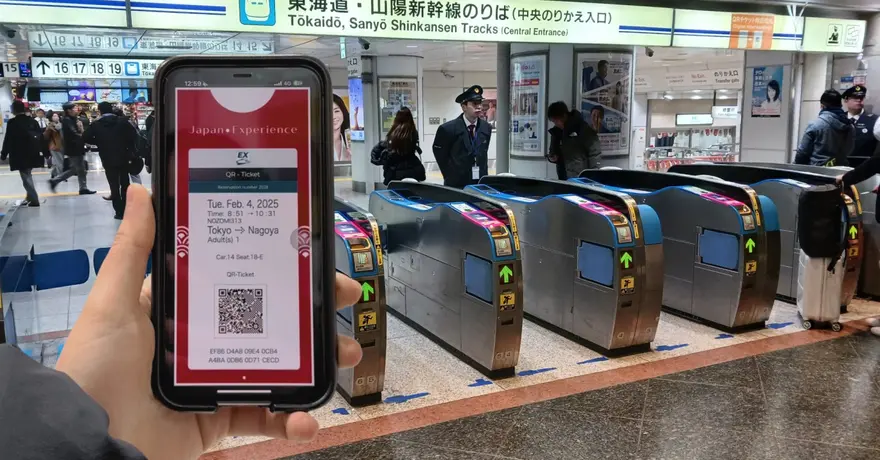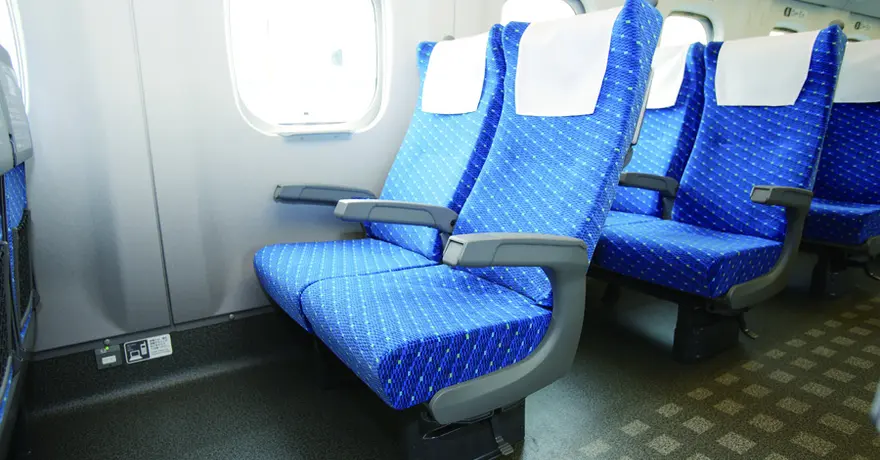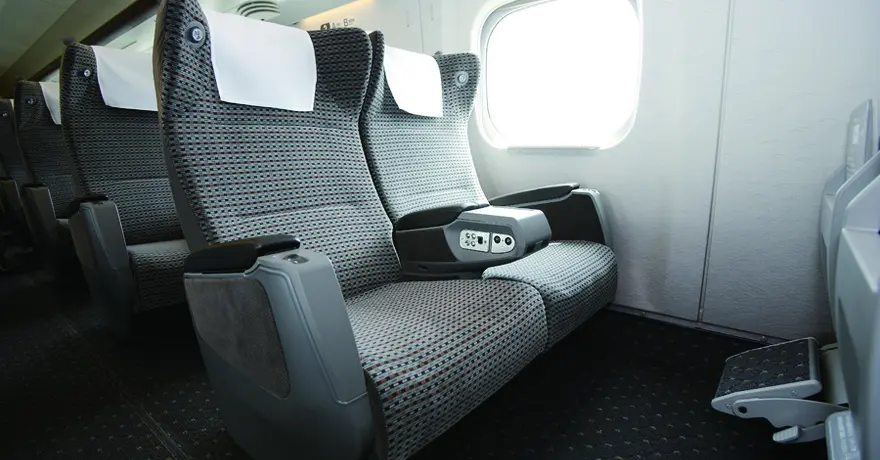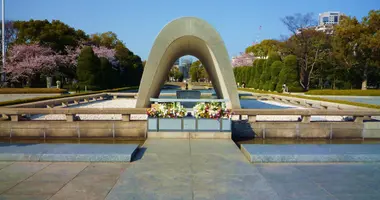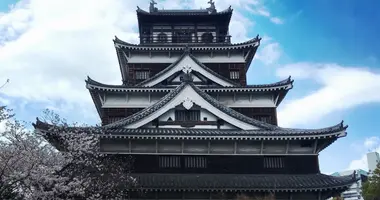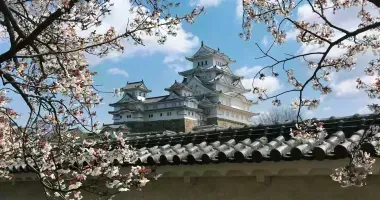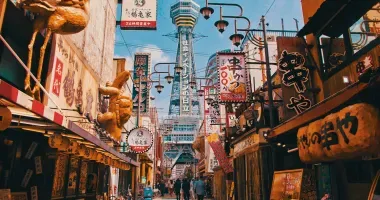Train Tickets from Himeji to Hiroshima
Official train tickets seller
Choose your preferred seat
7/7 Assistance

Travel conditions
Ticket type
Passenger information
Seating options
Buy your train tickets in Japan in 3 easy steps
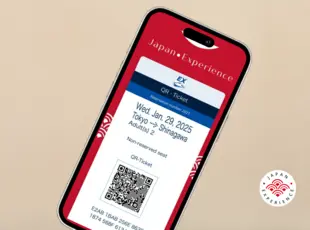
Choose and buy your train tickets for your preferred travel date
Receive your e-ticket one month before departure
Scan your e-ticket in train stations in Japan
Trains in Japan: what does it look like?
What our customers say about us
Your opinion matters to us.
Travel advice from our Japan train expert
Traveling by train in Japan
Japan boasts a highly developed rail system, making it an extremely practical mode of transportation for both locals and visitors. As a result, both residents and tourists frequently find themselves using trains, whether it's their local lines or the renowned Shinkansen bullet trains. For those embarking on their first journey to Japan, the significance of train travel during their stay is likely to be a consideration.
Although train travel is a common aspect of life in Japan, there are several factors that may necessitate some prior understanding or preparation before first-time travelers board a train. This is true even for those arriving from countries with a strong train travel culture.
What makes trains so popular in Japan?
Japan's rail transportation network is regarded as one of the finest globally. Riding the train in Japan can be described in three words: efficient, fast, and clean. Until you experience it firsthand, it can be difficult to grasp just how easy and remarkably convenient train travel is in Japan. Even with millions of passengers utilizing the rail system daily, trains remain impeccably clean, punctual, and operational. For many, this may seem like a dream compared to the train services in their own countries.
There are numerous factors contributing to this remarkable railway system, but it primarily stems from Japan's dependence on fossil fuel imports, which led the nation to significantly invest in its train transportation network. Since the late 19th century, Japanese train companies have been constructing lines to transport people and goods efficiently from point A to point B, and as a result of this extensive network, cities began to develop around train stations. While much of Western urban development has centered on car-oriented infrastructure, Japan has largely shaped its urban expansion around train stations. In most Japanese cities, train stations serve as the economic and demographic hubs of the area.
Through strategic investment in its train system, Japan has successfully established one of the most dependable, rapid, and safe rail networks globally!
Shinkansen information
The Sanyo Shinkansen Line, which connects parts of the southern island of Kyushu with Kansai, stops at both Hiroshima Station and Himeji Station. On this Shinkansen line, there are several options. The Nozomi bullet train is the fastest option. The Mizuho and Sakura trains are the other two ways to travel from Hiroshima to Himeji. The quickest commute takes slightly less than an hour. Longer commutes can last up to two hours and a half. We advise making reservations for seats in advance to guarantee a spot to sit during popular travel periods in Japan, such as the summer Obon holidays and the spring cherry blossom season.
How to get to Himeji Station
Himeji Castle, the castle park, and Kokoen Garden can all be found near Himeji Station. It only takes twenty minutes to walk this way, and the bus ride from the station takes slightly longer than ten. The station is served by the JR Sanyo Mainline, Bantan Line, and Kishin Line, which offer access to other parts of Hyogo Prefecture and the Kansai Region as a whole.
Where to go from Hiroshima Station
The station is conveniently located near a number of attractions in central Hiroshima, only a short eight-minute walk away. The Sanyo Line and the Geibi Line are two more lines that are excellent for exploring the remaining Chugoku region. The station is where the Hiroden Trams, the vintage trams associated with Hiroshima in general, arrive and depart.

